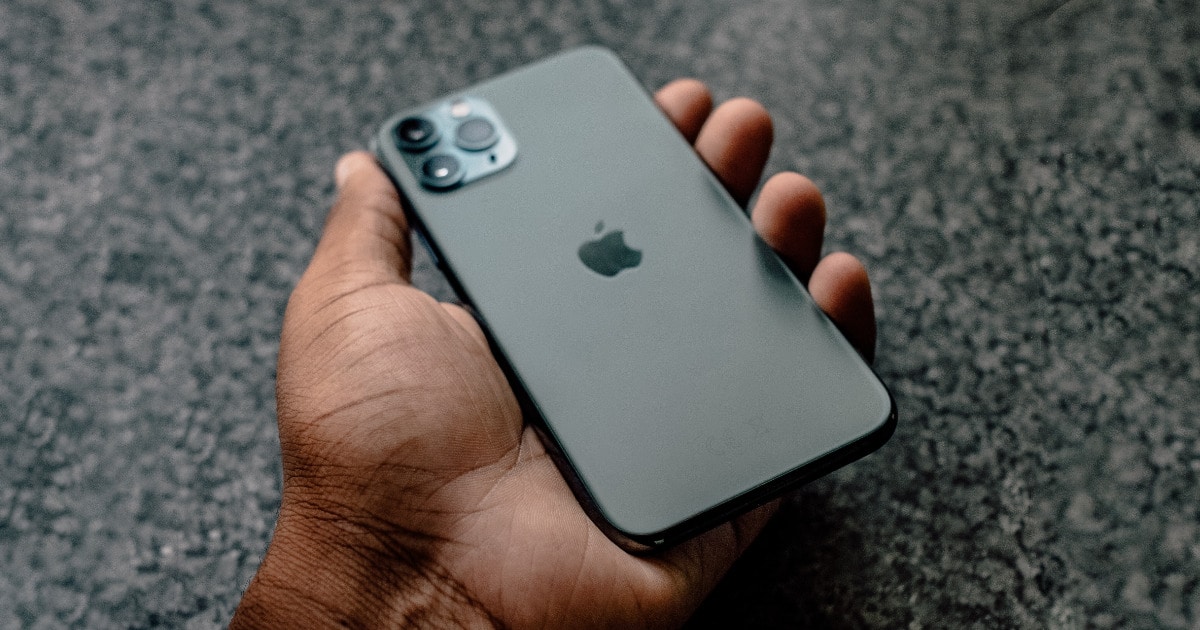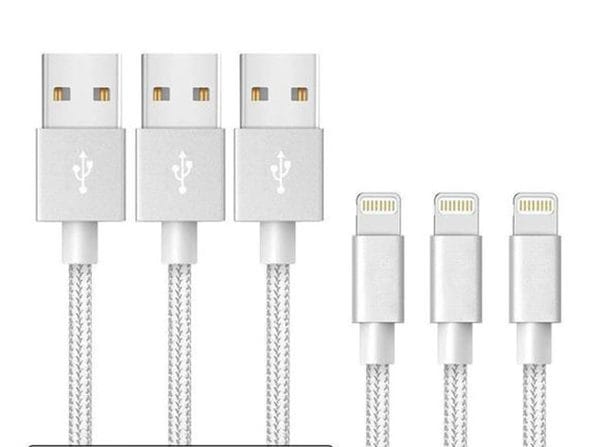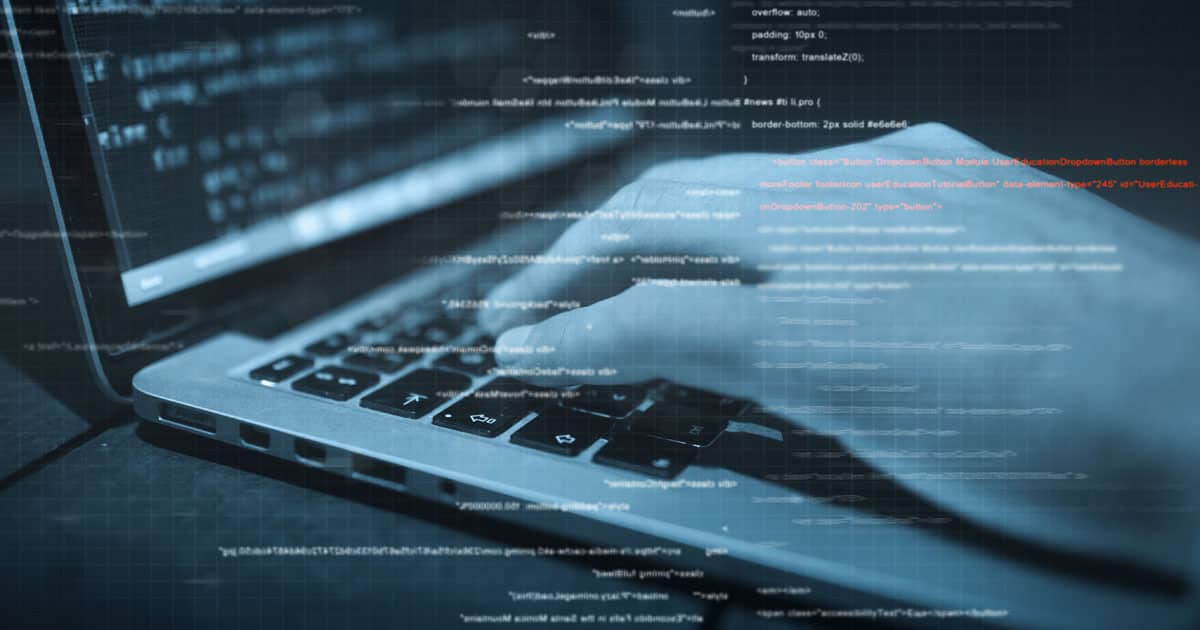Get into the holiday spirit with our iPhone 16 Pro Max giveaway! Don’t miss your chance to win a brand-new iPhone 16 Pro Max.
Apple Misses Out on Golden Globe Success, as Host Ricky Gervais Mocks its 'Sweatshops'
Apple TV+ series ‘The Morning Show’ failed to claim a victory at the Golden Globe awards, despite being nominated in a number of categories.
Wi-Fi 6 Will Get 6 GHz Capabilities Under Name ‘Wi-Fi 6E’
The Wi-Fi Alliance is extending Wi-Fi 6 into the 6 GHz band for faster performance, faster data rates, and lower latency. It’s called Wi-Fi 6E.
Wi-Fi 6E devices are expected to become available quickly following 6 GHz regulatory approvals, utilizing this additional spectrum capacity to deliver continuous Wi-Fi innovation and valuable contributions to consumers, businesses and economies.
Wi-Fi Alliance: “We’re moving away from 802.11.xx because that’s too confusing.”
Also Wi-Fi Alliance: “Welcome to Wi-Fi 6E.”
How Pokémon Go Changes People's Lives
Pokémon Go may not be as high profile as it once was, but it remains hugely popular. The geo-location based game has also helped many people, including those with disabilities, as BBC News discovered.
Matthew Gibson, the proud collector of more than 500 Pikachu soft toys, “didn’t want to go out much” before Pokémon Go launched. “I was like, ‘mum it’s a bit windy,’… or, ‘mum it’s a bit rainy,’… I didn’t even want to go out in the sun because there was nothing to do,” said 26-year-old Mr Gibson, who has cerebral palsy and autism. But he was “fantastically excited” when the game was released and says it has led him to places he would never have explored otherwise. “I’ve [found] things in my neighbourhood that I didn’t know were there. I even go to places like the parks and the castles so I can do Pokémon while mum and dad are looking around.”
The Anki Vector Robot is Coming Back
Anki built little companion robots like Vector and Cosmo. But in early 2019 the company ran out of money and shut down. But the CEO of Digital Dream Labs announced it had purchased Anki’s assets and will continue to develop the Anki Vector robot.
1) We will develop an “Escape Pod”. This will, safely, expose settings and allow the user to move and set endpoints, and by doing so, remove the need for the cloud server.
2) We will develop a “Dev Vector”. Many users have asked us for open source and the ability to do more with their Vector even to the point of hosting him on their own servers. With this feature, developers will be able to customize their robot through a bootloader we will develop.
Dissecting APFS and macOS Catalina with Mike Bombich – Mac Geek Gab 796
Carbon Copy Cloner developer – and APFS guru! – Mike Bombich joins John and Dave this week to talk APFS, backups, upgrades, and more. Listen as your two favorite geeks become your three favorite geeks, sharing everything they know plus some cool stuff found to kick it up a notch into the new year.
Shot on iPhone 11 Pro - Fire And Ice
Apple released another stunning video shot on an iPhone 11 Pro on Saturday. The clip is of fire and ice in various forms. The detail that the device can capture is quite incredible. Apple also posted a longer “Behind the Scenes” video. It showed how the experiment was conducted.
CES – Igloohome Shows Remotely-Programmable Locks that Don't Require Wi-Fi at CES Unveiled 2020
LAS VEGAS – Igloohome’s smart locks shown here at CES Unveiled 2020 have a special feature: they don’t use Wi-Fi and yet they’re remotely programmable. This is accomplished by first pairing your phone with the lock, a process that also creates a rotating token like you might use with your bank. When you want to create a new code, everything is already set and the code is already active because of the pre-negotiated token, all happening behind the scenes. The deadbolt is US$299, the keybox is $189, and the padlock is $109. The other two dual locks will be available later this year.
A DNA Computer Just Computed Square Root of 900
Researchers at the University of Rochester created a computer that uses 32 DNA strands to store and process information. It can calculate the square root of square numbers 1, 4, 9, 16, 25 and so on up to 900.
To start, the team encodes a number onto the DNA using a combination of ten building blocks. Each combination represents a different number up to 900, and is attached to a fluorescence marker.
The team then controls hybridisation in such a way that it changes the overall fluorescent signal so that it corresponds to the square root of the original number. The number can then be deduced from the colour.
CES 2020 Preview – TMO Daily Observations 2020-01-03
Dave Hamilton and John F. Braun join host Kelly Guimont to discuss CES 2020 and what TDO will look like next week as part of that coverage.
Over 90% of Postpaid Phones Sold are Apple and Samsung
Over 90% of the postpaid phones sold at the Big Four carrier stores in the U.S. are either iPhones or Samsung phones.
Apple and Samsung together sold 94 percent of phones at Verizon stores, 95 percent at AT&T stores, 94 percent at Sprint stores, and 91 percent at T-Mobile stores, according to the report. The most popular phone at all four carriers in December was the iPhone 11, the firm says. The top-selling Samsung Phone was the Galaxy S10.
I’d say it’s probably because the price of most iPhones and Samsungs are high enough to where the stores can make money off them.
Apple Now Lets You Engrave AirPods With Emojis
Apple has long given customers the ability to engrave their products with text. Now for the first time you can engrave AirPods with emojis.
How to Change How The Function Keys Work in macOS Catalina
Ever pressed a function key and it hasn’t done quite what you expected? No problem. It is easy to alter how they work in Catalina.
App Store Spending Reached $193 Million on Christmas
On Christmas Day Apple customers spent a total of US$193 million in the App Store, and Tinder was the top app.
BBEdit Just Keeps Getting Better
Dr. Mac is impressed with the latest release of Bare Bones Software’s venerable Mac text editor, BBEdit, saying it just keeps getting better and better, with the latest release (BBEdit 13), adding several extremely useful features.
10-Foot MFi-Certified Braided Lightning Cables 3-Pack: $15
We have a deal on a 3-pack of 10-foot MFi-Certified braided Lightning cables. The sheathing is braided nylon, and they’re available in Black, White, Silver, Pink, and Gold. You’ll find an option for a 6-pack of cables in the deal listing, too. The 3-pack is $15 through our deal.
New iPhone Displays Could be Thinner And More Power Efficient
Reports coming from Korea, picked up MacRumors, indicate that the 2020 iPhone will likely have thinner displays. They could also be more power-efficient too.
This mirrors a recent report from Korean website ETNews, which claimed that so-called iPhone 12 Pro models will adopt a technology that allows touchscreen circuitry to be directly patterned on the OLED panel without the need for a separate layer, resulting in a thinner display and lower production costs. ETNews said a lower-cost 6.1-inch model, presumably the iPhone 12, will stick with a traditional film-based display. It is unclear if thinner displays would translate to thinner iPhones as a whole this year.
AAPL Shares Hit Record High on First Trading Day of 2020
Apple stock hit a record high on the first trading day of 2020, closing at $300.35 per share and valued the firm at over $1.3 trillion.
Former Top Google Exec Gives Devastating Explanation of Why he Quit
Google has faced internal staff protests and criticism in recent times over its approach to human rights both at home and abroad. The firm’s former head of international relations, Ross LaJeunesse, revealed on Thursday his concerns in this area prompted him to quit.
Each time I recommended a Human Rights Program, senior executives came up with an excuse to say no. At first, they said human rights issues were better handled within the product teams, rather than starting a separate program. But the product teams weren’t trained to address human rights as part of their work. When I went back to senior executives to again argue for a program, they then claimed to be worried about increasing the company’s legal liability. We provided the opinion of outside experts who re-confirmed that these fears were unfounded. At this point, a colleague was suddenly re-assigned to lead the policy team discussions for Dragonfly. As someone who had consistently advocated for a human rights-based approach, I was being sidelined from the on-going conversations on whether to launch Dragonfly. I then realized that the company had never intended to incorporate human rights principles into its business and product decisions. Just when Google needed to double down on a commitment to human rights, it decided to instead chase bigger profits and an even higher stock price.
IKEA Tradfri Smart Blinds Add HomeKit Support
IKEA is now rolling out HomeKit support for its line of Tradfri smart blinds as a firmware update, after a delay into 2019.
Inside Big Tech’s Manipulation of AI Ethics Research
It’s a long read, but Rodrigo Ochigame, former AI researcher at MIT’s Media Lab, examined Big Tech’s negative role in AI ethics research.
MIT lent credibility to the idea that big tech could police its own use of artificial intelligence at a time when the industry faced increasing criticism and calls for legal regulation…Meanwhile, corporations have tried to shift the discussion to focus on voluntary “ethical principles,” “responsible practices,” and technical adjustments or “safeguards” framed in terms of “bias” and “fairness” (e.g., requiring or encouraging police to adopt “unbiased” or “fair” facial recognition).
Tim Cook Makes Charitable Donation of $2 Million Worth of Apple Stock
Tim Cook donated 6,880 Apple shares, worth around $2 million, to an undisclosed charity, according to his most recent SEC filing.
macOS: How to Display All Previously Installed Security Updates
macOS maintains a listing of all software updates. That list contains a list of all previously applied security updates. John shows how to display those entries.
Techno Artist Curtis Wallen Created a ‘Clandestine Communication Network’
Curtis Wallen’s latest project, called Proposition For An On Demand Clandestine Communication Network, tells people how to avoid surveillance and make a secret phone call.
This is not easy, of course. In fact, it’s really, comically hard. “If the CIA can’t even keep from getting betrayed by their cell phones, what chance do we have?” he says. Still, Wallen believes PropCom could theoretically keep users’ activities hidden. It’s hard, he emphasizes, but not impossible.
He basically uses a prepaid burner phone, a Faraday bag, and an encrypted phone number. I hope he bought the phone from a place that doesn’t use cameras or facial recognition, because that could help trace him.
Richard Plepler’s Eden Productions to Make Apple TV+ Content
Richard Plepler left HBO as its CEO to form his own company called Eden Productions. He just signed a five-year deal with Apple.





















